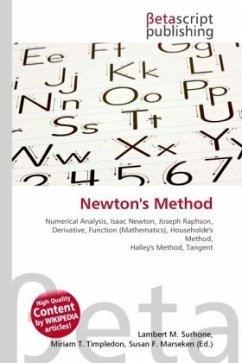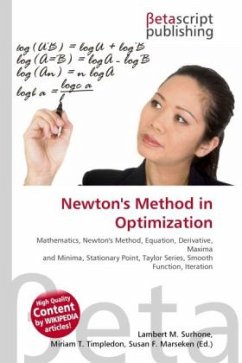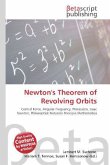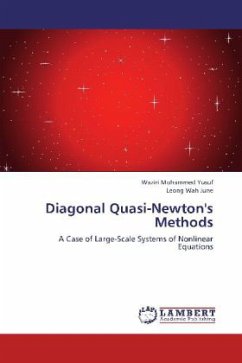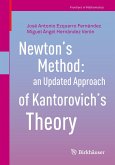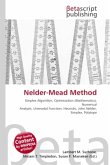High Quality Content by WIKIPEDIA articles! High Quality Content by WIKIPEDIA articles! High Quality Content by WIKIPEDIA articles! High Quality Content by WIKIPEDIA articles! High Quality Content by WIKIPEDIA articles! High Quality Content by WIKIPEDIA articles! In numerical analysis, Newton's method (also known as the Newton Raphson method), named after Isaac Newton and Joseph Raphson, is perhaps the best known method for finding successively better approximations to the zeroes (or roots) of a real-valued function. Newton's method can often converge remarkably quickly, especially if the iteration begins "sufficiently near" the desired root. Just how near "sufficiently near" needs to be, and just how quickly "remarkably quickly" can be, depends on the problem. This is discussed in detail below. Unfortunately, when iteration begins far from the desired root, Newton's method can easily lead an unwary user astray with little warning. Thus, good implementations of the method embed it in a routine that also detects and perhaps overcomes possible convergence failures.
Bitte wählen Sie Ihr Anliegen aus.
Rechnungen
Retourenschein anfordern
Bestellstatus
Storno

